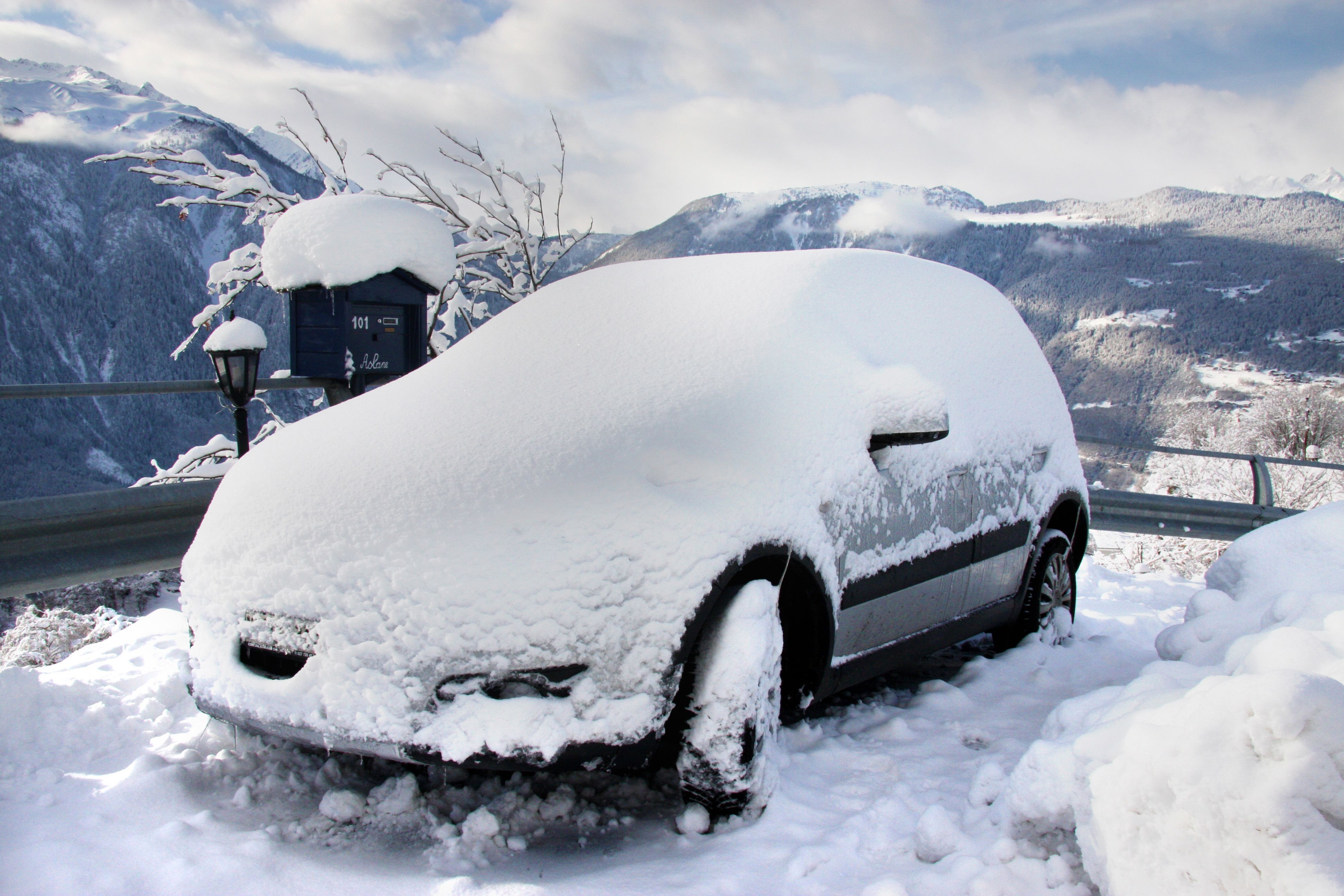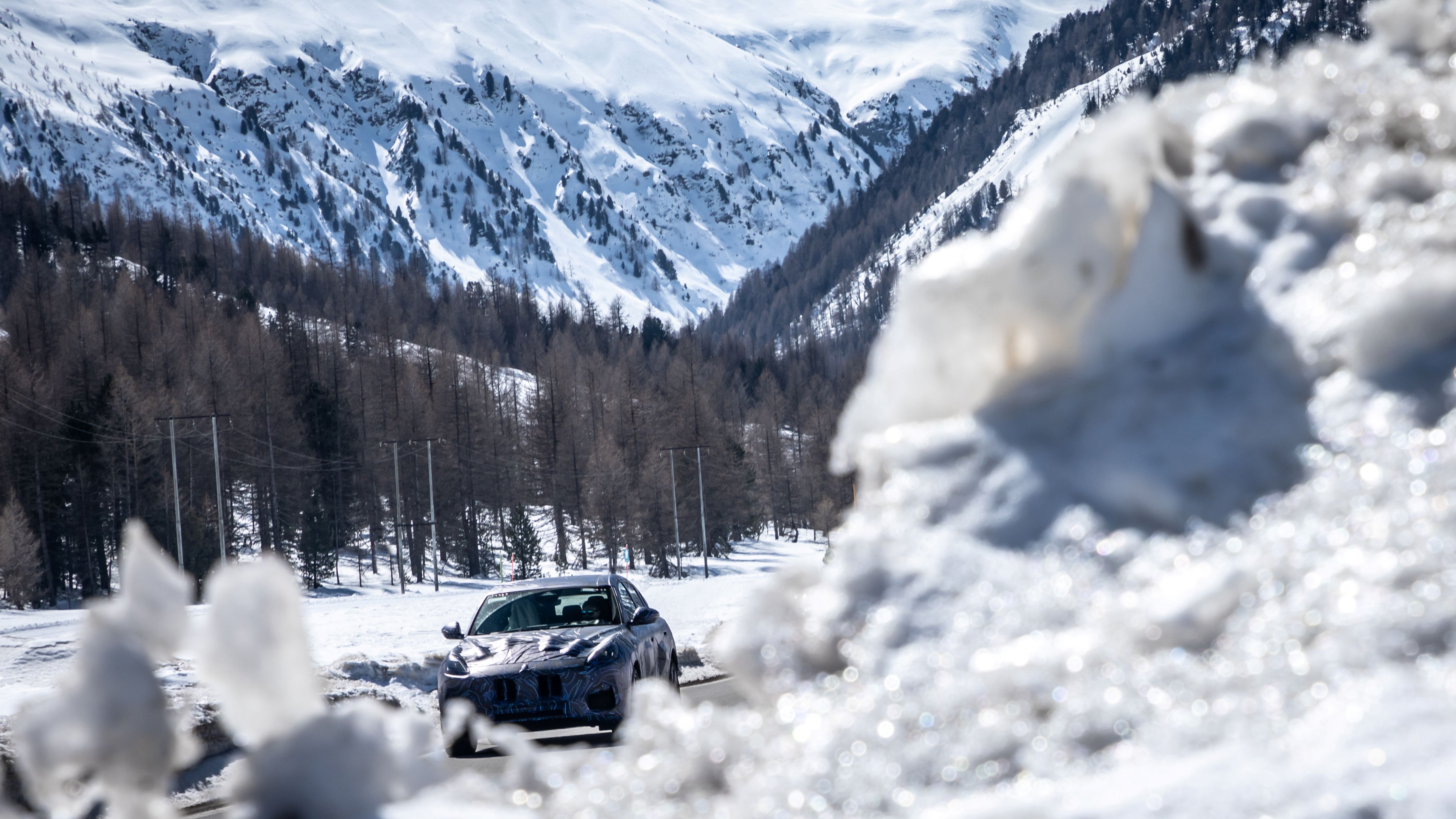Shakin’ Stevens song “Merry Christmas everyone” is a classic. We instantly think of a mesmerizing winter scenery when we hear “Snow is falling/All around me/Children playing/Having fun.” But, the winter reality is a bit different for drivers and car passengers. As such, the celebratory season can easily turn into a nightmare because of poor visibility, freezing temperatures, and blocked roads due to heavy snow. On top of that, severe weather affects your car’s handling and, in the worst-case situation, might cause major damage.
It’s not just that your windshield is prone to cracking or that you risk losing tire pressure, but you also need to consider your battery and how to start your car in the bitterly cold weather. To be fair, extreme weather conditions can frequently reduce the appeal of winter; thus, drivers must consider several elements in order to safely jump start their automobiles. While experts caution against it, many drivers fall into the capital trap of warming up their cars in the chilly winter weather. So, let's see why this should be avoided and how you may safely start your vehicle in the icy winter conditions now that winter has ravaged Europe and the East coast of the United States.
This Is Why You Shouldn't Warm Up Your Car In Winter
If you are used to freezing weather and cold climates, your body probably knows how to acclimatize faster to colder temperatures. But, do you think your car needs to adjust to cold climates as well? It’s not just your body but also your car that suffers because of freezing weather. Too often, we downplay the effect of severe cold weather on our car and by the time we wake up to reality, we’ve already drained the battery. Keep in mind that a car's battery loses up to 60 percent of its strength at 0°F and up to 35 percent at 32°F, respectively.
So, if you are thinking how to avoid that, don’t fall into the trap of warming up your automobile in the winter for 10 or 20 minutes because it could reduce the lifespan of your engine. This idea that you need to idle your car in winter came to life during the Golden Age of carburetors, but since then, things have changed drastically. Modern electric fuel injection systems are a different cup of tea, and they don’t need idling to get to an operating temperature.
“By letting your vehicle idle in the cold, you are actually stripping away oil from the engine’s pistons and cylinders each time you do this,” says Smart Toyota.
Furthermore, if you care deeply about environmental issues and want to reduce air pollution, you should be aware that warming up your car is bad for the environment. To make matters worse, in some states, it is even illegal to leave your vehicle running and unattended.
“Idling your vehicle burns way more gas than just starting it and every gallon of gas burned produces more than 20 pounds of greenhouse gases,” adds Smart Toyota.
This Is How You Can Safely Start Your Vehicle In Winter
It seems warming up your car in winter is a capital sin, or at least that’s what many experts think. USA Today quotes AAA experts who advised against warming up the car in winter. Instead, they propose running the engine and heater only for the time that is required to dispel the chill. Evidently, this will promote fuel efficiency.
“While running your car, set your temperature controls to the warmest setting possible—when you turn your engine off, this warm air will be retained for a little while,” says USA Today. “Just be sure that your car's exhaust pipe isn't clogged with snow or any other obstruction, as this could lead to carbon monoxide gas leaking into the vehicle as the engine runs.”
Experts also recommend drivers let their engines idle only for the time that is required to buckle the seatbelts. This means drivers should be done with the procedure in about 10 to 20 seconds. Meanwhile, EPA and DOE recommend idling the vehicle in winter for no more than 30 seconds. Basically, you can almost drive your car right away, so there’s no need to freeze in your vehicle for long minutes while you try to warm up your car.
"Driving the car normally and avoiding hard acceleration brings the engine to a warmer temperature faster, and also reduces wear and exhaust emissions," Cliff Ruud, Managing Director of Automotive for AAA told USA Today. "Naturally, a little longer idle time is okay in the winter while you clear snow and ice from the windshield and other car parts.”
Sources: USA Today, Firestone Complete Autocare, Smart Toyota



